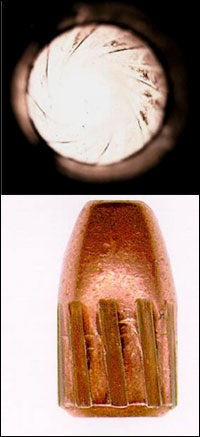whilliam skrev: ↑sön sep 12, 2021 9:58 am
Du läste nog inte avhandlingen jag länkade till, va?
Du skulle kommentera Larry Widmer också, fast det var länge sen så du kanske glömt

Om du läst på förra sidan så:
whilliam wrote: ↑Fri Sep 10, 2021 12:09 am
Det finns många trimmare genom åren som nämnt supersonic speed i avgaskanaler, kan nämna Larry Widmer som exempel.
Orkar du läsa så finns det svenska avhandlingar, här har du en:
http://kth.diva-portal.org/smash/get/di ... TEXT01.pdf
Jag kan inte kopiera bilden men den visar en rektangulär kanal med en strypning i botten.
En dålig raketdysa men absolut inte en geometri från en avgaskanal.
Från texten nedan:
Downstream of the separation reattachment point, the flow has subsonic velocity and there are rapidly growing boundary layers on the walls.
Areaökningen efter ventilen i en avgasport är mycket större så om det skulle uppstå transoniskt flöde så är det under en extremt kort tid.
Oavsett så håller spalten ljudets hastighet så inga vågor kan gå baklänges förbi spalten förrän tryckskillnaden har gått under 1,89:1.
Problemet med mottryck uppstår först om avgastrycket är större än trycket i insugningskanalen när insugningsventilen öppnar.
För en 300 graders kam med 108 ILC vid 42 grader före TDC.
Om avgas också har 300 grader och 112 graders ELC så öppnar avgas vid 82 grader före BDC.
Det är 220 grader innan insugningsventilen öppnar och med rätt utformnig på komponenterna så ska avgastrycket då vara lägre än insugstrycket.
44 6. FLOWS UNDER CONSIDERATION
CHAPTER 7
Results and discussion
In this chapter, selected results from Papers 1-6 are presented to give an
overview of the work performed. Please consult Chapters 3, 2 and 6 for back-
ground and case descriptions.
7.1. Transonic channel flow
The transonic flow in a rectangular cross-section channel with a bump (see
Figure 6.1) was realized for several different pressure rations. Qualitative in-
vestigations of the flow field in the tunnel confirm the occurrence of several ex-
pected phenomena observed in the experimental investigations by Bron (2003)
and Sigfrids (2003). Under all conditions tested, a shock system is formed in the
channel as well as a significant separation of the boundary layer downstream
of the shock system. The shock system and separation appearance varies con-
siderably in the range of pressure ratios tested, examples of the instantaneous
and mean flow field at several different outlet pressures are shown in Figure
7.1.
Upstream of the bump, the developing boundary layer is very thin and
is further compressed on the bump upstream of the shock. Downstream of
the separation reattachment point, the flow has subsonic velocity and there
are rapidly growing boundary layers on the walls. Depending on the tunnel
pressure ratio, the shock is either regularly reflected, Mach reflected or not
reflected in the tunnel ceiling.
The shock system and flow field downstream of the shock is unsteady in all
the tested conditions. This basic unsteadiness is self-sustaining i.e. is not forced
by varying boundary conditions and consist of several components. Of special
interest is the low frequency streamwise oscillation of the entire shock system.
In Figure 7.2 an example of the characteristic frequencies of the unsteadiness
is presented as the normalized frequency multiplied power spectral density (see
Erland
